Workplace harassment remains a significant issue affecting employees across various industries. It can take various forms, including verbal, physical, psychological, or sexual harassment, and has severe consequences for individuals and organizations. The number of workplace harassment claims filed in recent years has increased dramatically. In this article, we will delve into what workplace harassment entails, and explore how businesses can create policies that effectively prevent harassment in all its forms and manage any incident that may occur.
Understanding Workplace Harassment
Workplace harassment encompasses unwelcome behavior or conduct that creates a hostile or offensive work environment, interfering with an individual’s job performance or well-being. Examples include derogatory remarks, offensive jokes, unwanted advances, intimidation, bullying, or discriminatory actions based on factors such as gender, race, religion, or sexual orientation.
Harassment of an individual on the basis of race, color, sex, national origin, religion, age or disability is a discriminatory practice under Title VII, the ADA and the ADEA. Although much attention has been given in recent years to sexual harassment discrimination, it is important to stress that many of the same principles apply to other types of harassment, and an employer should be equally vigilant in preventing such harassment.1
The EEOC (Equal Employment Opportunity Commission) defines sexual harassment as unwelcomed verbal or physical conduct of a sexual nature when:
- Submission to such conduct is made a term of condition of employment;
- Submission to or rejection of such conduct is used as a basis for employment decisions;
- Such conduct reasonably interferes with job performance or creates an intimidating, hostile, or offensive work environment.2

The Facts
Workplace harassment claims have steadily increased over the last deade.3 A 2021 study conducted by the International Labor Orgnaiztion (ILO) concluded that nearly 18% of employed individuals have experienced some form of harassment in their working life. 6.3% reported facing sexual harassment, with women being particularly exposed.4 Settling a harassment claim out of court, when the employer is not at fault can cost employers between $75,000 and $125,000. When the employer is at fault, losses can easily exceed $250,000 and can go into the millions.

Harassment can be a costly issue for employers. In addition to the monetary consequences, it can also result in low morale, absenteeism, reduced productivity, employee turnover, and litigation costs. It is vital to recognize and address workplace harassment promptly to foster a safe and inclusive work environment.
Preventing Workplace Harassment
Prevention is key to combatting workplace harassment effectively. Organizations should establish a culture of respect, tolerance, and inclusivity. Every business should have a clear harassment policy within their employee handbook. Additionally, management should have a plan to assist in implementing company policies, conducting regular training sessions, and promoting open communication regarding harassment issues. These basic practices can have a significant impact on reducing workplace harassment and the accompanying effects such behavior can have on a businesses and any victims.
Support for Victims
Employees who experience workplace harassment often face psychological harm, emotional distress, and professional setbacks. Up to 72% of sexual harassment victims do not report the occurrence.5 It is essential to provide comprehensive support systems for victims, ensuring their safety and well-being. Organizations should establish confidential reporting channels, offer counseling services, and protect victims from retaliation. Encouraging victims to document incidents, gather evidence, and seek legal advice if necessary empowers them to take appropriate action.
Creating a Reporting Process
A robust complaint reporting process is fundamental to addressing workplace harassment effectively. The reporting process should be part of a comprehensive workplace harassment organizational policy. It should include multiple reporting options (anonymous or confidential), clearly define prohibited behaviors, outline investigation procedures, list disciplinary actions, and establish timelines for resolution. Organizations must ensure a fair and impartial process that safeguards the privacy and confidentiality of all parties involved. The policy should be easily accessible and available in digital and print formats.
Investigating Harassment Claims
Thorough investigations are critical when addressing workplace harassment allegations. Key aspects include employing trained investigators, maintaining impartiality, and gathering relevant evidence. Interviews with involved parties and witnesses, document review, and considering past behavior patterns can assist in establishing the facts. Organizations should strive to start an investigation immediately upon receiving a complaint and complete the investigation promptly. As you go through the process it is important to ensure transparency and maintain confidentiality as much as possible.
Essential Components of a Written Corporate Policy
A well-crafted written corporate policy serves as a foundation for preventing and addressing workplace harassment. It should:
- Define workplace harassment clearly
- Emphasize the organization’s commitment to a harassment-free environment
- Provide examples of prohibited behaviors
- Explain reporting procedures
- Outline disciplinary actions
- Review the investigation and resolution process
It is especially important to reassure victims and encourage reporting. The harassment policy should be found in the employee handbook. Every new employee should be required to read and acknowledge that they understand the company harassment policy. Whenever a change to the policy is made, all employees should be notified and given a new copy of the policy.
Employee Training

Educating employees on workplace harassment is crucial in promoting awareness, prevention, and intervention. Training sessions should cover the definition and types of harassment, examples of inappropriate behavior, reporting procedures, and the consequences for violating the policy. Engaging, interactive, and scenario-based training can enhance employees’ understanding and equip them with the tools to identify and respond to potential instances of harassment effectively. Training can occur at the time of hire and then periodically to remind all employees of the organizations policies and procedures.
Conclusion
Workplace harassment is a pervasive issue that demands attention and proactive measures from organizations. By implementing robust prevention strategies, establishing effective reporting processes, conducting thorough investigations, and providing comprehensive employee training, organizations can create a safe and inclusive work environment. Supporting victims and fostering a culture of respect and accountability are vital steps towards eradicating workplace harassment and ensuring the well-being and productivity of all employees.
- https://www.eeoc.gov/sites/default/files/migrated_files/employers/eeoc_self_print_poster.pdf ↩
- https://www.eeoc.gov/laws/guidance/fact-sheet-sexual-harassment-discrimination
- https://www.eeoc.gov/data/sexual-harassment-our-nations-workplaces
- https://www.ilo.org/global/about-the-ilo/newsroom/news/WCMS_863177/lang–en/index.htm#:~:text=Globally%2C%2017.9%20per%20cent%20of,men%20than%20women%20experiencing%20this.
- https://www.zippia.com/advice/sexual-harassment-workplace-statistics/
